Frida's childhood and youth
Frida Kahlo was born on 6 July 1907 in Coyoacán, Mexico. She grew up in an artistically and culturally rich environment, but her childhood was characterised by health problems. At the age of six, she contracted polio, which left her right leg permanently weakened. Despite this disability, she was a cheerful and curious child who developed a keen interest in art and painting at a young age.
In 1925, when she was 18 years old, Frida suffered a serious bus accident in which she sustained numerous injuries, including fractures to her spine, pelvis and legs. This accident forced her to spend long periods in bed and in pain, which was to characterise her entire life. During this time, Frida began to paint intensively, which laid the foundation for her later career as an artist.
Frida Kahlo profile
- Date of birth: 6 July 1907
- Place of birth: Coyoacán, Mexico City, Mexico
- Artistic movement: Surrealism, Magical Realism
- Known for: Self-portraits and depictions of pain, identity and Mexican culture
- Main themes: Physical pain, femininity, Mexican folklore
- Diseases: Polio in childhood, serious bus accident in 1925
- Spouse: Diego Rivera (married twice, 1929-1939, 1940-1954)
- Famous Frida Kahlo paintings: The two Fridas, Self-portrait with thorn necklace, Diego y yo
- Date of death: 13 July 1954 (47 years old)
- Legacy: Symbol of feminism, LGBTQ+ and Mexican identity; the Casa Azul is now a museum.
An unmistakable style
Frida Kahlo's artistic career began during her convalescence. She created many of her works in bed, painting herself with a mirror. Her self-portraits became her trademark and gave her the opportunity to depict her inner struggles, pain and emotions. Although her work is often labelled surrealist, Frida rejected this categorisation. She emphasised that her paintings reflected her own reality.
Her best-known works include "The Two Fridas" (1939), a double self-portrait depicting her torn identity, and "Self-Portrait with Thorn Necklace" (1940), which addresses the pain she felt in her marriage to the muralist Diego Rivera and through her physical suffering. Frida's art was strongly influenced by Mexican culture. She often integrated symbols of indigenous culture, Mexican folklore and political themes into her works.

Don't miss the chance to make your dream trip a reality! Contact our experienced travel consultants now and let them inspire and advise you for your trip. Take the first step towards your unforgettable adventure!
Magical group holidays to Mexico
Experience Mexico with Sprachcaffe! Discover Mexico on exciting group tours, enjoy breathtaking landscapes and fascinating cities and immerse yourself in the country's vibrant culture. Don't miss out on our exclusive offers for your next trip!
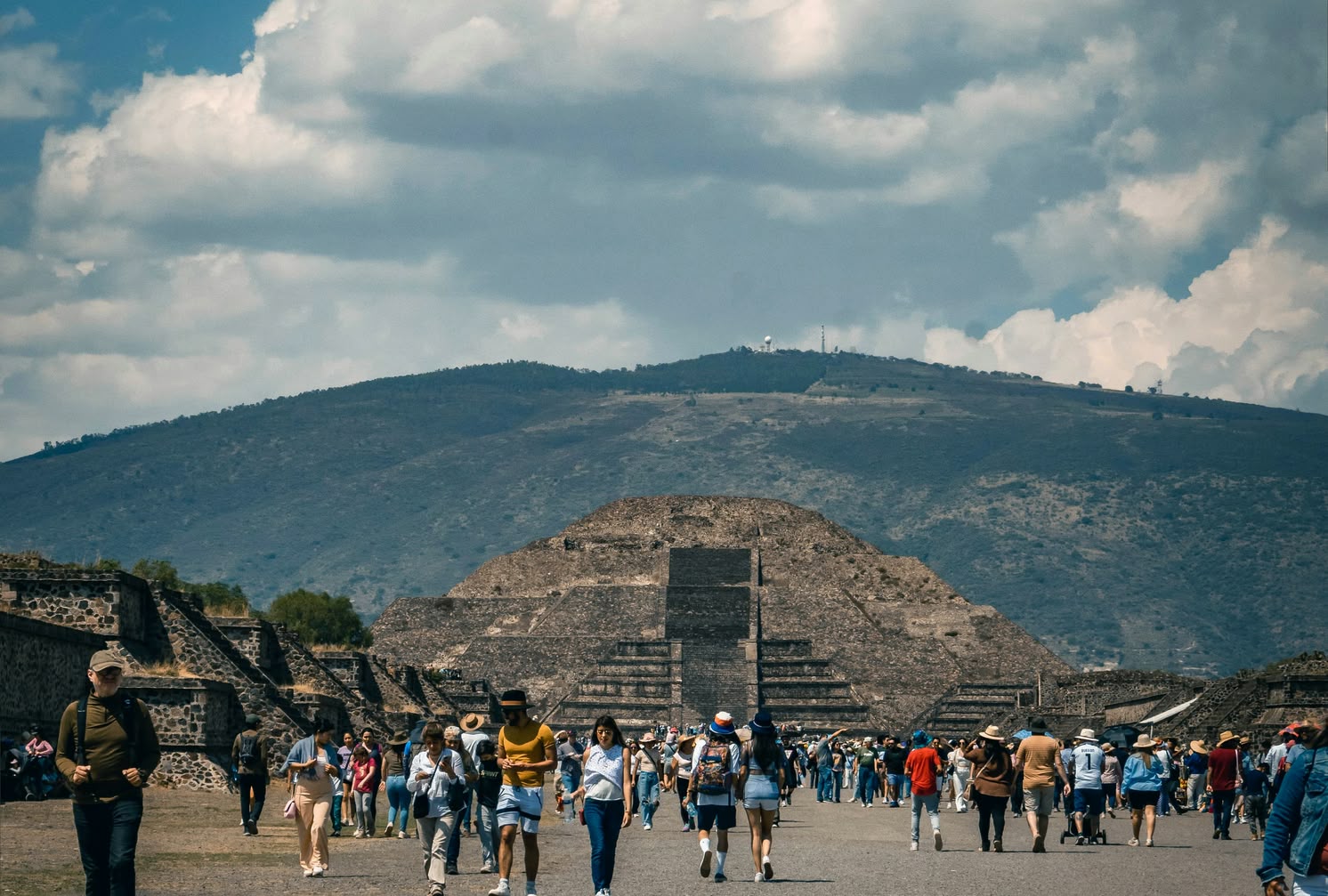
Mexiko Cities and the Sea
- Aztec ruins of Teotihuacán
- Magical villages of Puebla, Cholula and Atlixco
- Relax on the beaches of Playa del Carmen
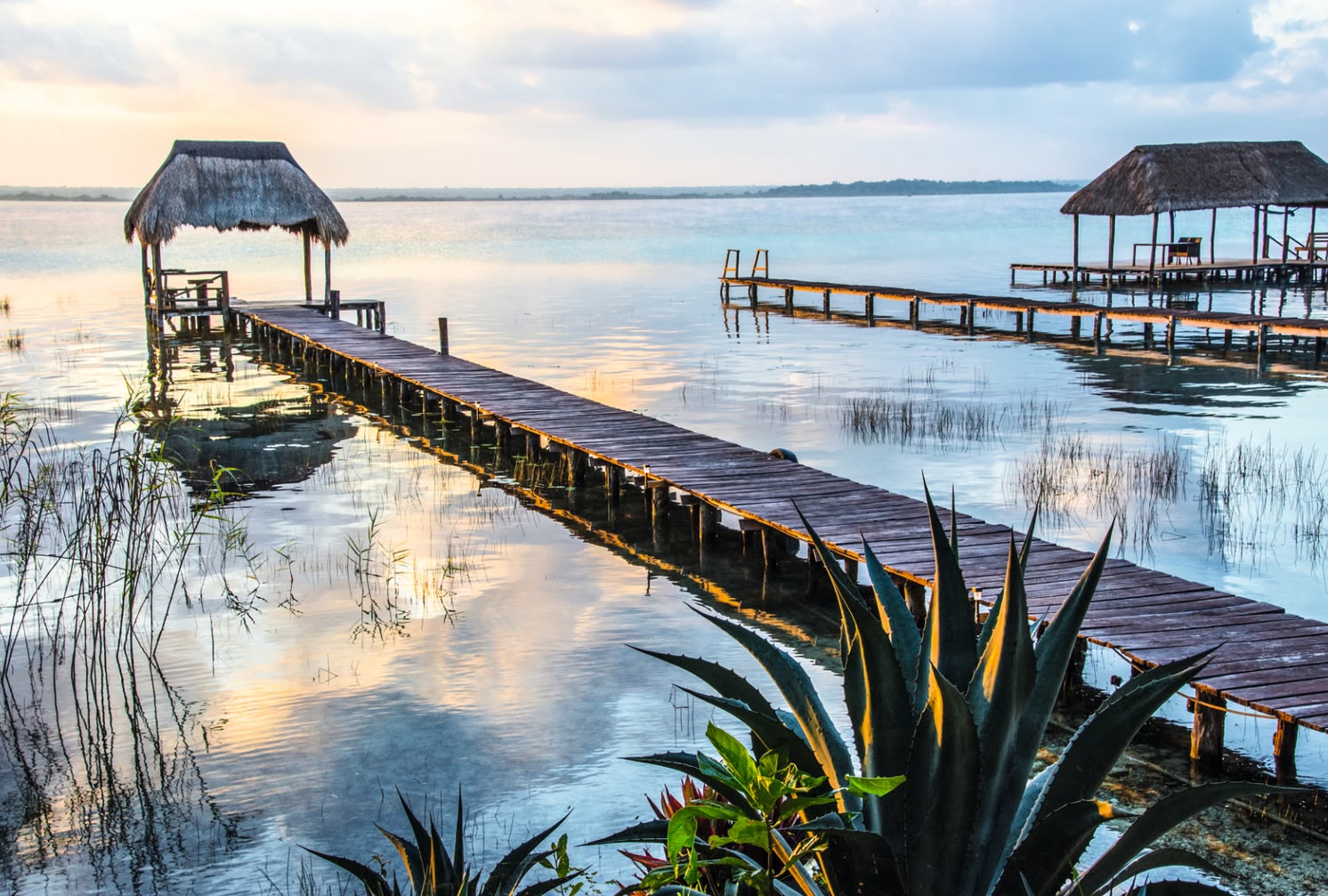
Riviera Maya
- Dream beaches of Playa del Carmen
- Mayan ruins of Tulum
- Unique lagoon of Bacalar
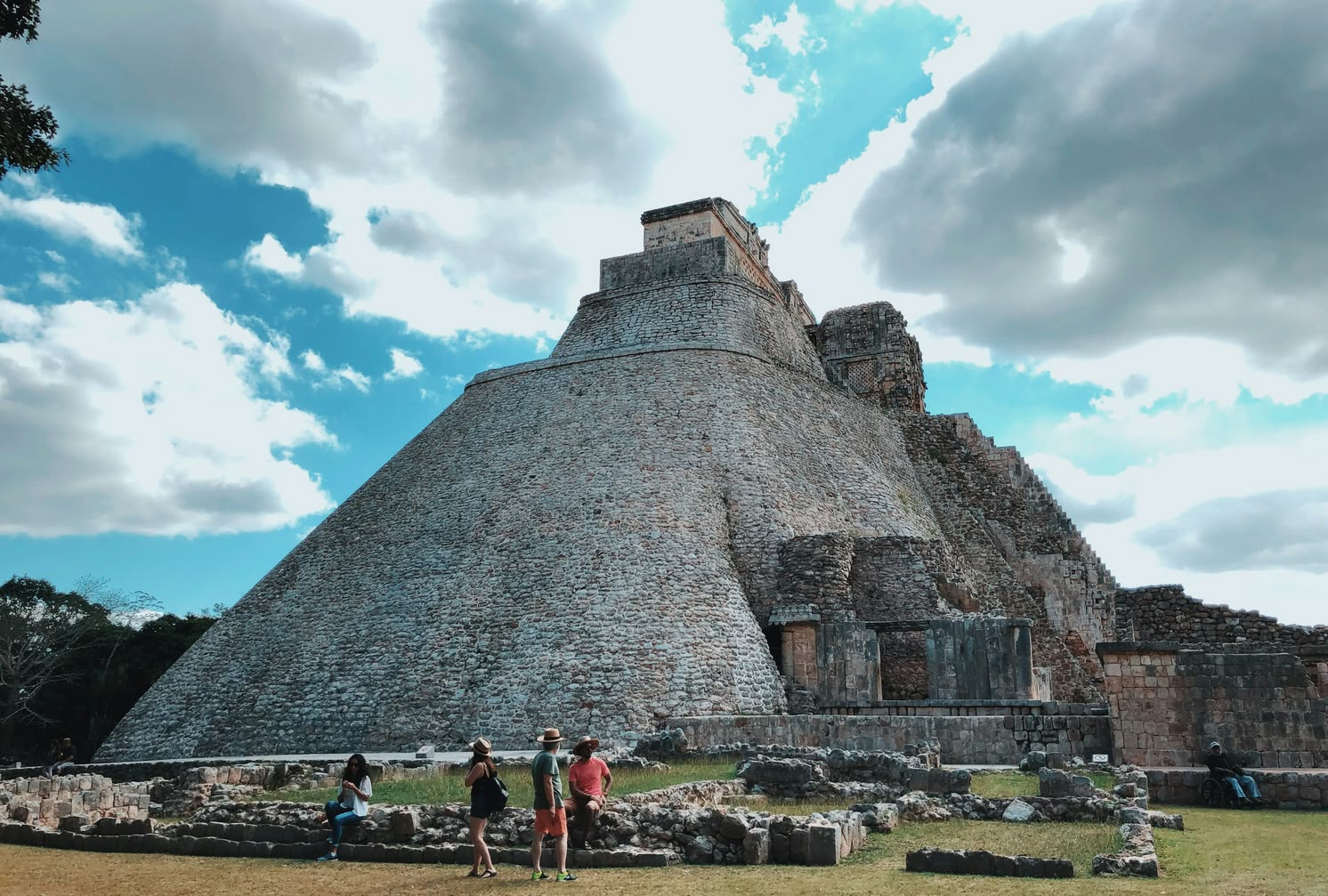
Fascinating Riviera Maya and Yucatán
- Mayan ruins of Chichén Itzá
- Colonial architecture in Mérida
- Picturesque beaches of Playa del Carmen
An icon of art and feminism
Frida Kahlo, the famous Mexican painter, died on 13 July 1954 at the age of 47. Her death ended a life full of pain, but also artistic masterpieces and personal strength. After her death, she was increasingly celebrated as an icon of the feminist movement and as a symbol of self-determination and physical acceptance.
Her childhood home, the Casa Azul in Coyoacán, became a museum that now attracts thousands of visitors who want to learn more about her life and work. Frida Kahlo's legacy lives on in the art world and beyond. She is a global icon whose work continues to inspire people, especially women and the LGBTQ+ community, who recognise themselves in her honesty and courage.
Frida Kahlo remains a unique example of artistic and personal strength whose cultural legacy and artistic contributions are honoured in museums and collections around the world.
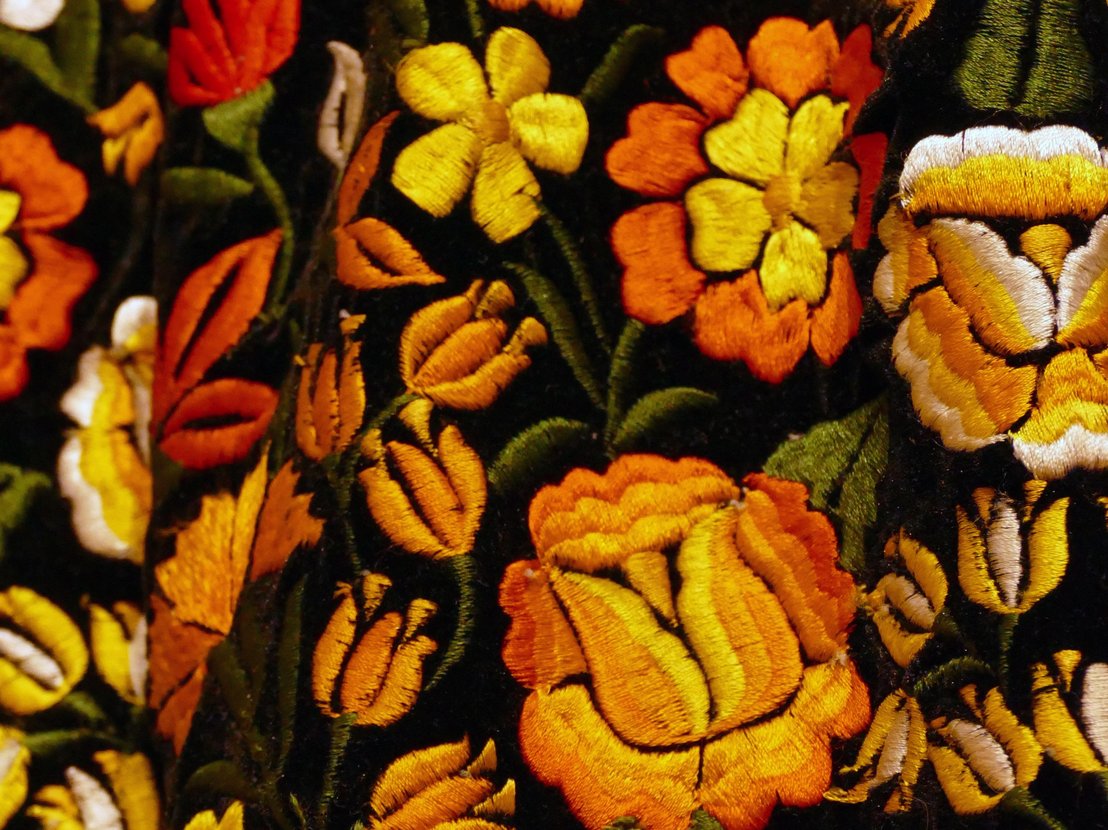
Mexico History: Frequently asked questions and answers
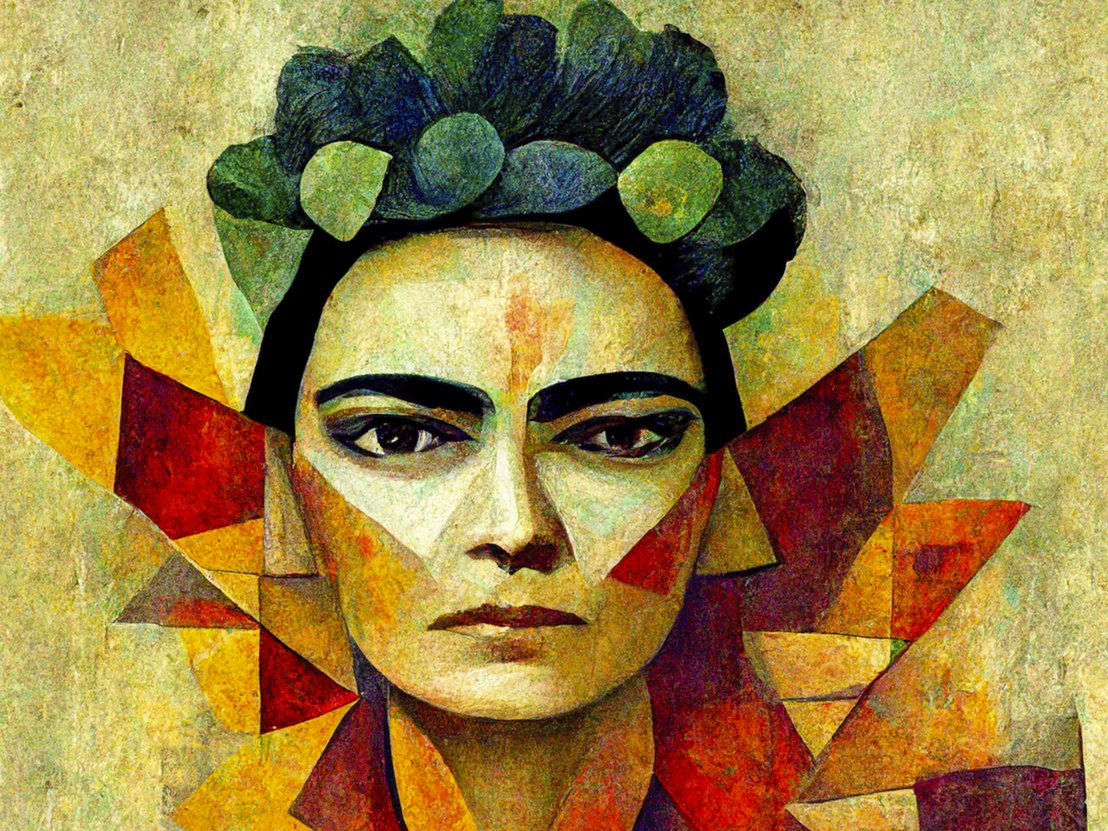
Frida Kahlo had to have her right leg amputated below the knee in 1953 after suffering for years from the consequences of serious health complications. These health problems had their origins in a serious bus accident she suffered as a young woman. The accident caused numerous injuries, including broken bones and lifelong pain. Over the course of her life, gangrene (tissue breakdown) developed in her leg, which eventually led to an amputation to prevent the infection from spreading.
Frida Kahlo was bisexual. She was known for her relationships with both men and women. Although she was married to the famous artist Diego Rivera, she also had romantic and sexual relationships with several women, including famous personalities such as the singer Chavela Vargas and the American artist Georgia O'Keeffe. Kahlo's bisexuality was an open secret in her circle, and she also thematised her sexuality in her art.
Frida Kahlo suffered her serious accident on 17 September 1925 at the age of 18, when the bus she was travelling in collided with a tram. She was seriously injured in this accident: Her pelvis and several vertebrae were broken, an iron handrail pierced her abdomen and hip, and she suffered numerous broken bones, including in her right leg and foot. These injuries led to lifelong health problems and chronic pain. The accident had an enormous impact on her life and her art, as she was confined to bed for a long time afterwards and began to paint intensively to deal with her physical and emotional pain.
Frida Kahlo was married to the famous Mexican painter Diego Rivera. They first married in 1929, but separated in 1939 due to difficulties in their relationship, which was strained by mutual affairs and Kahlo's health problems. Despite these differences, they remarried in 1940. Their relationship was characterised by passion, creativity, but also conflict and infidelity. Diego Rivera was an important figure in Frida Kahlo's life and art, and the two influenced each other's artistic work.
Prices for paintings by Frida Kahlo vary greatly depending on the work and where they are sold, but they are among the most valuable works of art in the world. Her paintings regularly fetch millions at auction. The most expensive work by Kahlo to date, "Diego y yo" (1949), was sold at auction at Sotheby's in 2021 for 34.9 million US dollars. This set a new record for a Latin American work of art.
Frida Kahlo spent several months confined to bed as a result of her serious accident in 1925 and the subsequent health complications. Immediately after the accident, she was immobilised for months and wore plaster corsets to stabilise her broken bones. Throughout her life, Kahlo was repeatedly confined to bed due to her health problems.
Especially towards the end of her life, in 1953, the amputation of her right leg and the deterioration of her health meant that she was once again confined to bed for longer periods. At the opening of her only solo exhibition in Mexico, she even had herself brought into the gallery in a bed so that she could take part in the event.
This might also interest you
Security Mexico
Find out more about the current security situation in Mexico and travel to this fascinating country full of unforgettable experiences with a clear conscience!
Culture & Religion
Learn the most important facts about Mexico's diverse culture, characterised by indigenous traditions and Spanish heritage.
Nature Mexico
Discover the breathtaking nature of Mexico and plan your adventures to experience the most beautiful landscapes at the best time.
